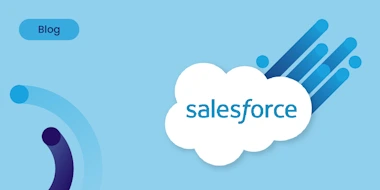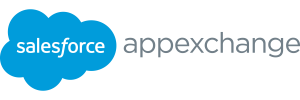Mastering Recruitment Software: TargetRecruit’s Guide to ATS/CRM Best Practices

In today’s dynamic job market, recruiting professionals are increasingly reliant on Applicant Tracking Systems (ATS) and Customer Relationship Management (CRM) software to upgrade recruitment performance. However, the implementation of these systems can be complex and challenging without proper guidance.
In this comprehensive guide, we’ll delve into the best practices for implementing a new ATS/CRM system, tailored specifically for organizations seeking to optimize their recruitment software to answer to the growing needs of their business.
1. Define Your Objectives
Before diving into the implementation process, it’s crucial to clearly define your objectives and expectations from your new ATS/CRM system. Determine the specific pain points you aim to address in your current system, whether it’s improving candidate sourcing, enhancing candidate engagement, or streamlining recruiter workflows and communication with clients.
By establishing clear goals upfront, you can align your implementation strategy accordingly and properly assess if a new system can meet your business needs.
2. Conduct Thorough Research
Not all ATS/CRM systems are created equal, and finding the right fit for your organization requires diligent research. Engage thoroughly with demos to gain hands-on experience of the technology. Evaluate multiple options, considering factors such as user-experience, scalability, customization capabilities, integration with existing tools, and access to customer support.
Ensure the chosen solution aligns with the growth trajectory of your business. Don’t just consider what you need now, but be sure to prioritize future business goals as well.
3. Involve The Team
Successful implementation of an ATS/CRM system requires buy-in and collaboration from key users and account managers across your organization. Involve your recruiters, IT professionals, and management in the decision-making process to ensure their needs and concerns are addressed upfront.
Solicit feedback from end-users to understand potential challenges or roadblocks, fostering a sense of ownership and enthusiasm in anticipation for the new system’s adoption.
4. Customize and Configure
One size does not fit all when it comes to recruitment technology. The ability to leverage customization and configuration capabilities offered by your ATS/CRM system is critical to tailor the platform to your organization’s industry, specific workflows and preferences. Define custom fields, workflows, and automation rules that align with your recruitment operations, ensuring seamless integration with existing systems and maximizing efficiency.
Embrace the flexibility and agility of a configurable ATS/CRM system so your organization can optimize recruitment and adapt more effectively to the dynamic needs of your industry.
5. Provide Comprehensive Training
Effective training is essential to ensure smooth adoption, utilization and engagement with the new ATS/CRM system by your team. Offer comprehensive training sessions tailored to different user roles and skill levels, covering basic functionalities as well as advanced features can further enhance understanding and retention. Provide hands-on practice and resources such as user manuals, video tutorials, and help documentation to support ongoing learning and mastery of the software.
By investing in robust training initiatives, empower your team to harness the full power of the ATS/CRM system and all of it’s tools, ultimately driving efficiency, productivity, and recruitment success.
6. Implement Data Migration Strategies
Transitioning data from legacy systems to a new ATS/CRM platform requires careful planning and execution to prevent data loss or corruption. Develop a robust data migration strategy,
identifying the types of data to be transferred, data mapping requirements, and data cleansing processes. By meticulously planning and executing a comprehensive data migration strategy, organizations can seamlessly transition from legacy systems to a new ATS/CRM platform while safeguarding the integrity and completeness of their valuable data assets.
Collaborate closely with your IT team or external vendors and partners to ensure a smooth and accurate migration, maintaining data integrity and continuity of business operations without disruption.
Conclusion:
Implementing a new ATS/CRM system is a significant undertaking that can yield substantial benefits for your recruitment business when executed effectively. By following these best practices, from defining objectives and conducting thorough research to providing comprehensive training and implementing data migration strategies, you can maximize the success of your software implementation and empower your team to achieve superior results in talent acquisition and client management.
Ready to embark on a journey towards upgrading your recruitment tech? Learn more about driving success in recruitment with TargetRecruit!







